Aloe and Temperature Tolerance
johnorange
10 years ago
Featured Answer
Comments (19)
Dzitmoidonc
10 years agoTT, zone 5b MA
10 years agoRelated Professionals
Allen Landscape Architects & Landscape Designers · Mitchellville Landscape Architects & Landscape Designers · Edmond Landscape Contractors · Tehachapi Landscape Contractors · Palos Hills Landscape Contractors · Arlington General Contractors · Coronado General Contractors · Murrysville General Contractors · Homer Glen Carpenters · Lebanon Carpenters · Maplewood Carpenters · Round Rock Carpenters · Tucson Carpenters · Markham Decks, Patios & Outdoor Enclosures · South Miami Heights Decks, Patios & Outdoor Enclosurescactusmcharris, interior BC Z4/5
10 years agojohnorange
10 years agoCentral_Cali369
10 years agolzrddr
10 years agojohnorange
10 years agoDzitmoidonc
10 years agojohnorange
10 years agowantonamara Z8 CenTex
10 years agolzrddr
10 years agowantonamara Z8 CenTex
10 years agocactusmcharris, interior BC Z4/5
10 years agolzrddr
10 years agocactusmcharris, interior BC Z4/5
10 years agogreyghost61
10 years agojohnorange
10 years agolzrddr
10 years ago
Related Stories

GARDENING GUIDESGreat Design Plant: Fan Aloe
Fanning leaves offer a striking rosette alternative, but this plant has all the benefits of regular succulents and more
Full Story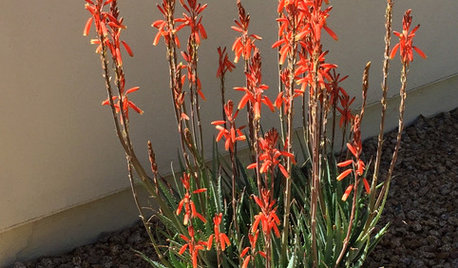
GARDENING GUIDESGreat Design Plant: Aloe ‘Blue Elf’
This compact, sun-loving aloe hybrid thrives where many aloes don’t
Full Story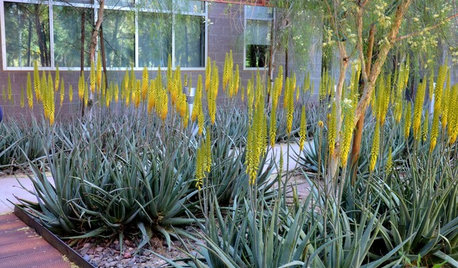
GARDENING GUIDESGreat Design Plant: Aloe Vera
Bright yellow flowering spikes decorate this popular aloe from late winter into spring, much to the delight of hummingbirds
Full Story
GARDENING AND LANDSCAPINGGreat Design Plant: Tree Aloe
Plant this Dr. Seuss-like evergreen for an added character in your garden
Full Story
GARDENING GUIDES10 Cold- and Heat-Tolerant Perennials and Shrubs for the Arid West
These flowering native plants shrug off the cold of winter and heat of summer while adding beauty to the drought-tolerant landscape
Full Story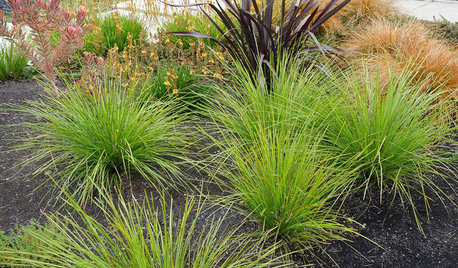
GRASSESVersatile Breeze Mat Rush Sails Into Drought-Tolerant Yards
Grassy Lomandra longifolia thrives year-round in shady and sunny gardens, in containers and in the ground
Full Story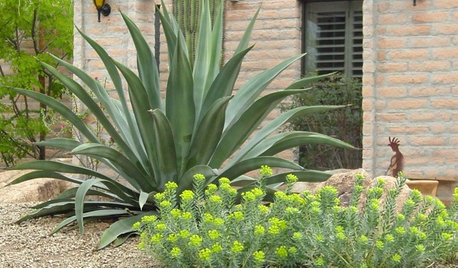
GARDENING GUIDESHow to Spot a Drought-Tolerant Plant
Label? Who needs a label? Learn the characteristics of plants that can thrive in hot, dry conditions to help you pick the right ones
Full Story
GARDENING GUIDES10 Drought-Tolerant Shrubs That Thrive in Full Sun and Reflected Heat
Got a hot spot in your garden where plants often die? Try these tough shrubs that add beauty while shrugging off the heat
Full Story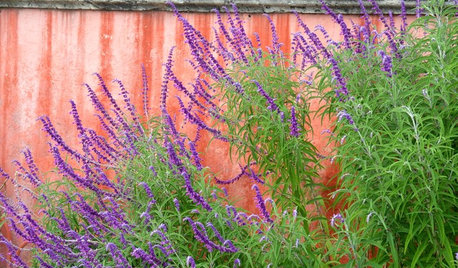
GARDENING GUIDES10 Plants for Colorful Fall Blooms in the Drought-Tolerant Garden
Want fall color but not a big water bill? Consider these not-too-thirsty fall bloomers
Full Story
GARDENING GUIDES10 Cold-Hardy Succulents for Cool-Season Interest
These attractive plants shrug off colder temperatures, and many can be brought inside in containers in extra-chilly climates
Full Story





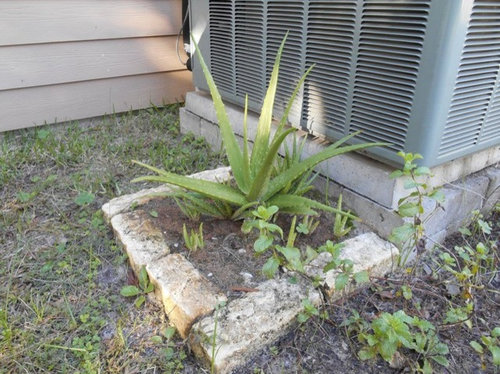
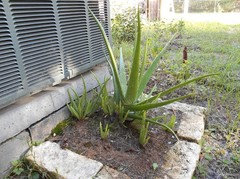
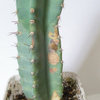


johnorangeOriginal Author